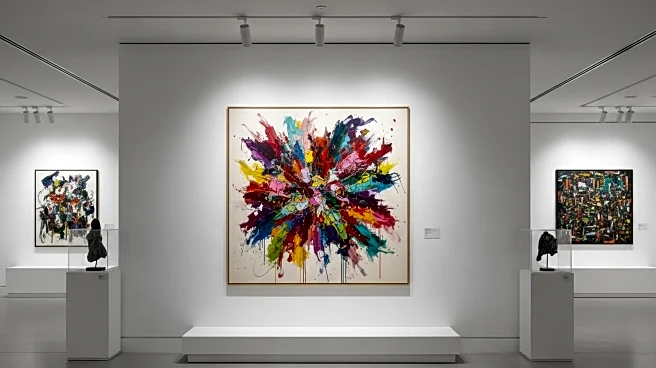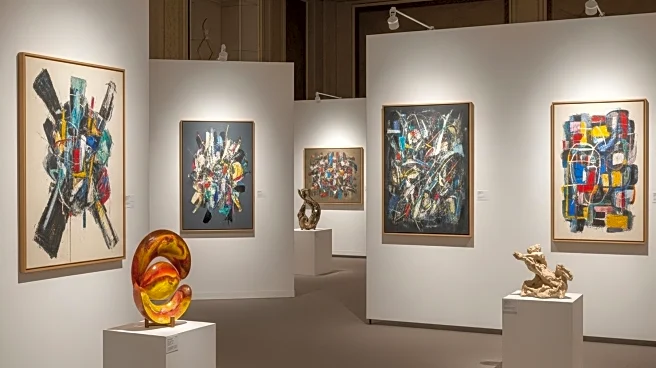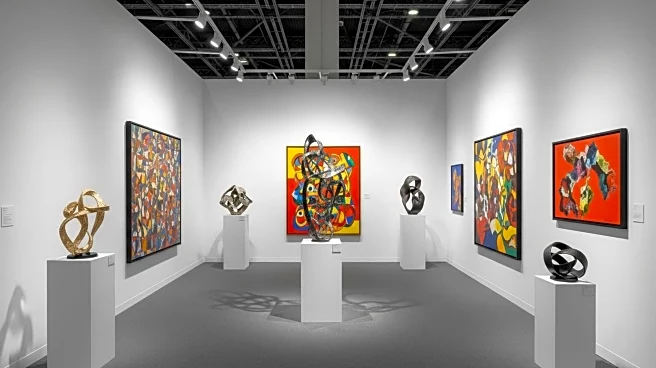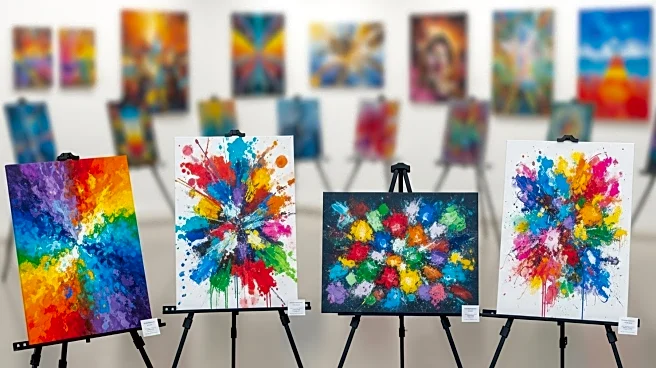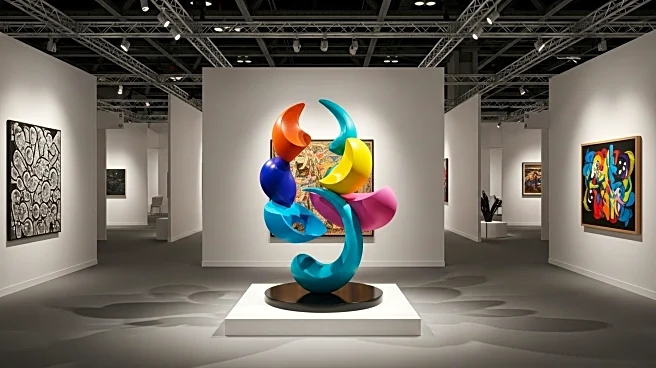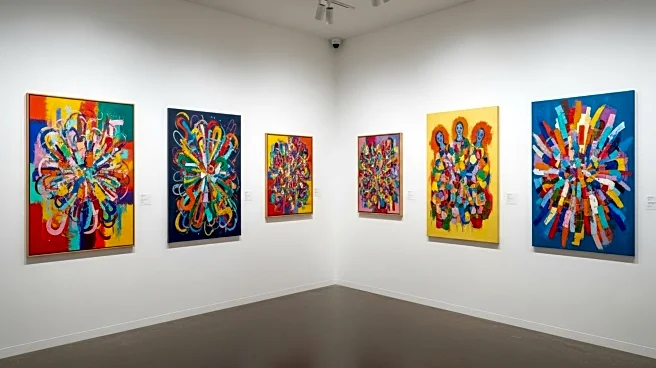What's Happening?
The art market is experiencing significant changes, marked by closures, downsizing, and mergers. Major players such as Blum, Venus Over Manhattan, Kasmin, and Clearing have exited the market due to decreased revenue and high overhead costs. Tanya Bonakdar closed her Los Angeles gallery, while Canada subleased its Tribeca annex. Additionally, Almine Rech temporarily closed her London gallery to adapt to the evolving art landscape. Art fairs are also facing challenges, with high booth costs impacting profit margins. The Armory Show and Art Basel Miami Beach have booth costs ranging from $13,000 to nearly $200,000, leading some galleries to reconsider participation. Mergers in the art-tech space include Artlogic and ArtCloud, Winston Art Group and Artory, and Artnet's acquisition by Beowolff Capital.
Why It's Important?
These developments highlight the art market's struggle to maintain profitability amid high operational costs and changing consumer behaviors. The closures and downsizing reflect a need for galleries to adapt to financial pressures, potentially leading to a more consolidated market. The high costs associated with art fairs may deter smaller galleries from participating, affecting their visibility and sales opportunities. Mergers in the art-tech sector suggest a move towards digital solutions and streamlined operations, which could redefine how art is marketed and sold. The industry's transformation may impact artists, collectors, and investors, as they navigate a shifting landscape.
What's Next?
The art market's future remains uncertain, with potential stabilization or further upheaval. Galleries may continue to adapt by exploring new business models or partnerships. The success of upcoming art fairs will be crucial in determining their viability. The impact of mergers in the art-tech space may lead to innovative approaches in art sales and marketing. Stakeholders will need to remain agile to thrive in this evolving environment.
Beyond the Headlines
The art market's transformation raises questions about the sustainability of traditional gallery models and the role of technology in the industry. Ethical considerations may arise regarding the accessibility of art and the impact of high costs on diversity within the market. Long-term shifts could include increased reliance on digital platforms and a reevaluation of the value of physical art spaces.




